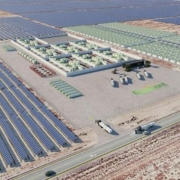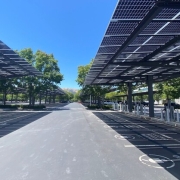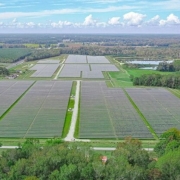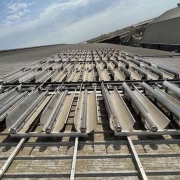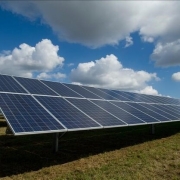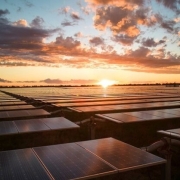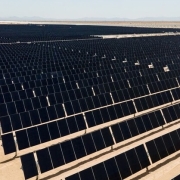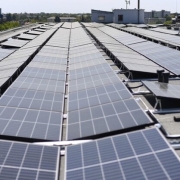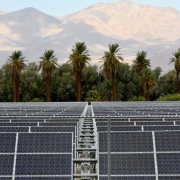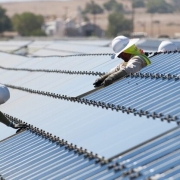Element Resources plans to build and operate a major renewable hydrogen production facility in Lancaster, California. The facility, which is targeted to begin commercial operations in early 2025, will use dedicated solar to power Element’s electrolyzers to produce zero-emission, green hydrogen.
When complete, the project will be one of California’s largest green hydrogen production facilities. Located within Lancaster’s city limits, the facility will be less than 100 miles from the ports of Los Angeles and Long Beach, and will supply end-users throughout the greater Los Angeles region.
Click here to read the full article
Source: Solar Builder
—
If you have any questions or thoughts about the topic, feel free to contact us here or leave a comment below.

